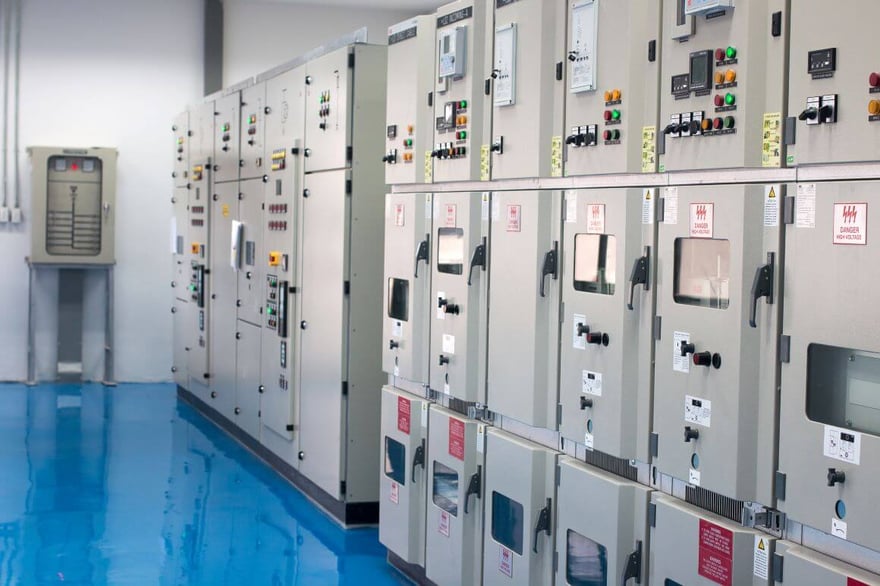
Switchgear is a critical part of electrical infrastructure in many commercial facilities. It is a particularly crucial part of data center infrastructure, so anyone involved in data center ownership, operation or maintenance should take time to learn about the role switchgear plays and the technologies involved.
What Is Switchgear?
Switchgear is a general term for the equipment used to transport and control the flow of electricity within an electrical system. One of the primary functions of switchgear is to protect equipment from electrical failure.
Switchgear devices include:
- Fuses
- Switches
- Circuit breakers
- Isolators
- Relays
- Transformers
- Control panels
- Lightning arrestors
These components can be integrated into a single compact system through the right design to help you expertly manage the flow of electricity in your facility.
The Critical Role Switchgear Plays in Data Centers
Switchgear is a crucial part of electrical systems in many commercial facilities, from grocery stores to entertainment complexes. One place where switchgear is especially mission-critical is in a data center.
Unlike other commercial facilities, a power disruption in a data center can be devastating. Switchgear is fundamental to the reliability of the electrical supply that powers the entire data center facility. In other words, switchgear allows data centers to maintain uptime and protect data center infrastructure from electrical failure due to multiple layers of built-in redundancy that stops outages at the racks and servers.
Historically, switchgear was used for short circuit protection in data centers and was only relevant when a failure occurred. However, as data centers expand to keep up with demand, the functionality they need from switchgear also expands. Active energy protection and electrical reliability are even more crucial as data centers take on an increasingly prominent role in data storage and processing.
Switchgear has become more interactive and adaptive to meet modern needs. For example, during a weather-related utility outage, modern switchgear can automatically reconfigure distribution pathways to seamlessly move to a backup power source.
Types of Electrical Switchgear
Switchgear can take many forms to suit different applications. Let’s look at how switchgear products can differ from each other:
1. Voltage Options
Not all switchgear can handle the same electrical load. Switchgear is generally classified into three categories: low, medium and high voltage. PCX can accommodate a wide range of voltage options. Most of our products fall into the low-voltage category, ranging from 40-600 volts.
2. Distinct Functions
We can also categorize switchgear products according to the specific purpose they serve. For example, arc-resistant switchgear protects against internal arcing faults by redirecting the energy away from personnel. Another example is a circuit breaker, which has the unique purpose of shutting off a circuit in the event of a complication.
3. Design Variations
Another distinguishing factor between switchgear products is their design. Some systems are designed specifically for outdoor or indoor installation, for example. A major consideration for many data centers today is space-saving design. One option is a front-access design, allowing for more flexible installation options. Self-standing designs are also a great option for simple, flexible installation.
Switchgear Solutions at PCX
PCX creates switchgear products to meet clients’ needs across a number of industries, including data centers. Our switchgear includes fully integrated electrical equipment combined into a compact design. We manufacture and test our switchgear products in our facility, so they come to you ready for a simple installation that requires minimal on-site expertise and labor. PCX is an experienced and flexible integrator, meaning we can integrate switchgear with a variety of other components including motor control centers (MCC), programmable logic centers (PLC), transformers, generators, automatic transfer switches (ATS) and other modular design equipment.
If you’re building a data center, another way to simplify the process is through modular data center construction. Learn more about this option by downloading your free copy of The Complete Guide to Modular Data Center Solutions.


Comments